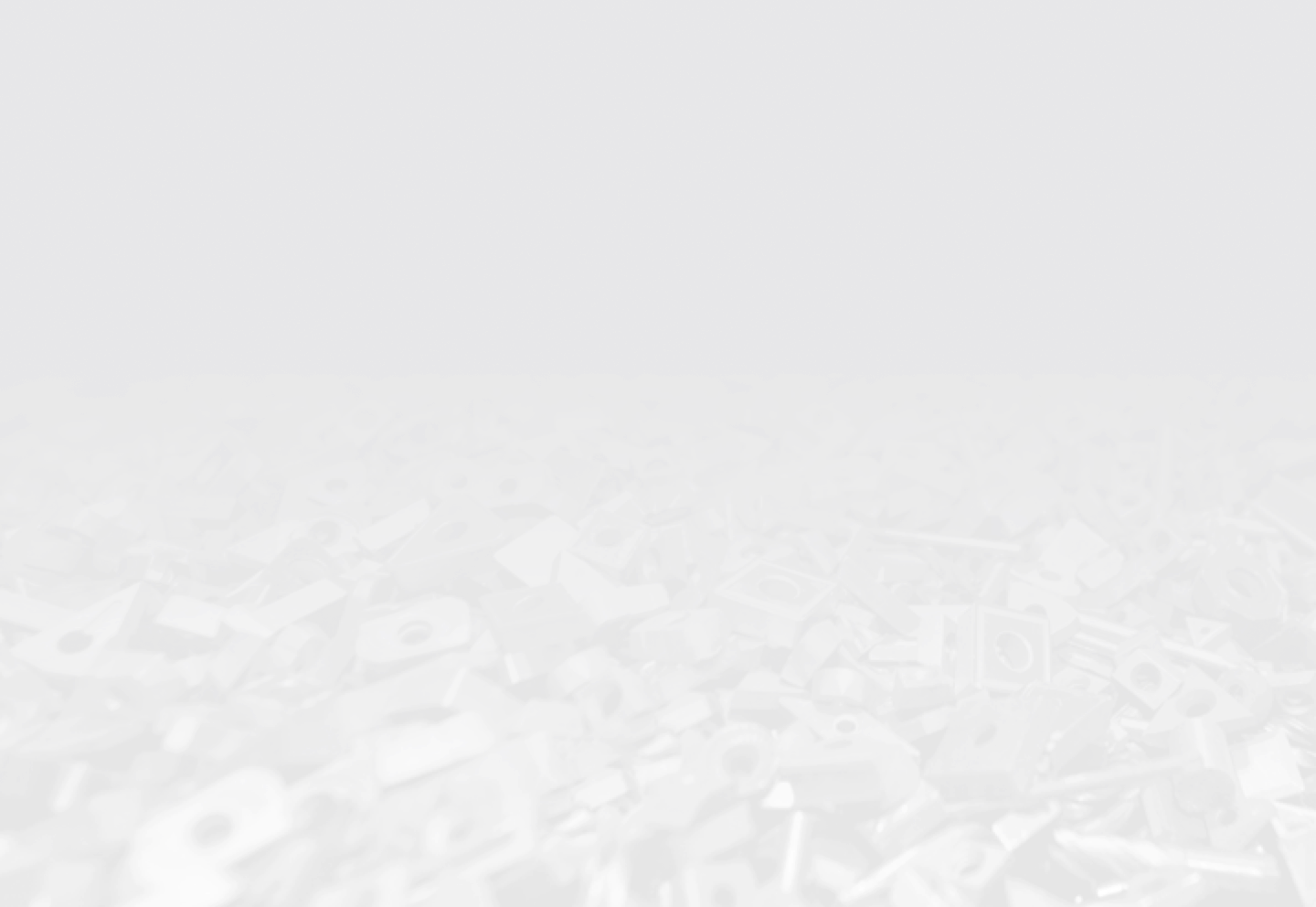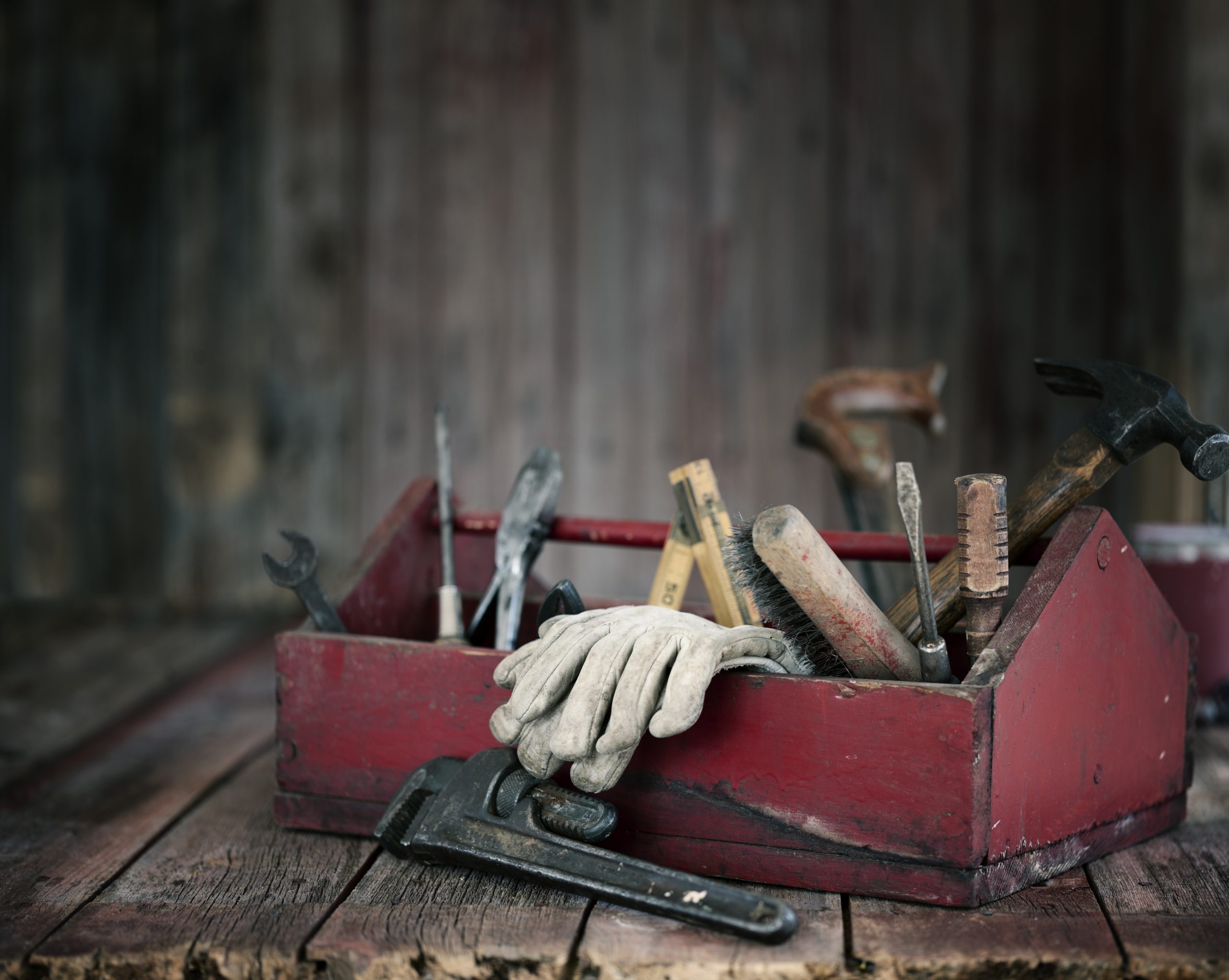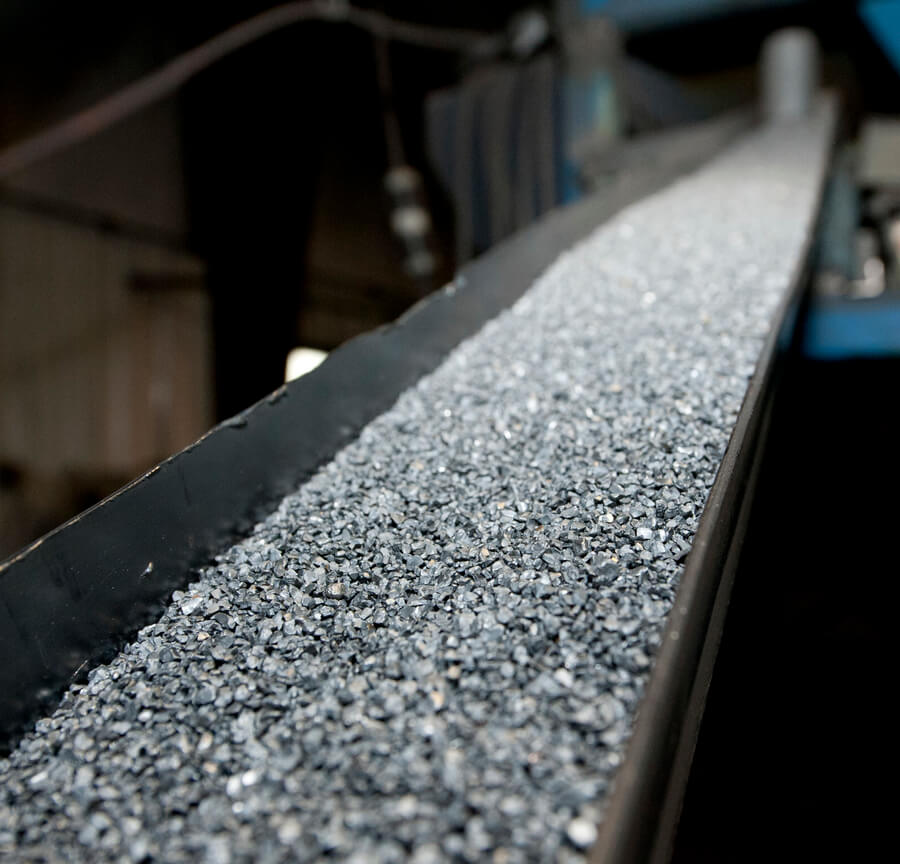How many people remember their grandfather’s old red toolbox that he would use to fix nearly everything? He had an old pipe wrench, a ball peen hammer, a hacksaw, and a plethora of other tools that as a kid, looked like 17 variations on a screwdriver. He was great at fixing things, but always spent most of the time digging through the tools to find the right one. It’s safe to say, while reading this, you got an image of someone you know or perhaps your toolbox looks similar.
It’s not hard to see that this is poor practice, and obviously a big waste of time. To quote Andy Mineo, “If you stay ready, you don’t have to get ready.” You may not be able to relate because you put everything back in its place, however it is safe to say that you employ or work with people that don’t have your structure and practice. Something has to be in place for organization and structure to work for everyone.
There is a fairly simple 5 step process to implement sound organizational practices in your workplace. 5S is a practice that has been proven to work in nearly any industry. The five steps are designed to operate in a sustainable loop.
- Sort – This step can be the most difficult for a lot of people but it is also one of the most important steps. Before you can organize all the tools and/or parts, you have to have a place to put them. This cannot happen unless you pull everything out away from the walls, workbenches, welding tables, tool carts, supply shelves, etc. give this “Red Tag” stuff a temporary home to be SORTED. Have a red tag station for things to be sorted/put back into designated places. Simply put, you slap a red tag on an item and write what it is, what category it is, and where you want it to go.
- Set in place – This is where you get to call the shots and say “that makes sense that the PVC pipe fittings go on the same wall as the pneumatic/hydraulic fittings shelves” or all of the wrenches from crescent to spanner to monkey all go from left to right on the wall adjacent from the plumbing and across from the nuts and bolts.” Have fun with this. Designate a place for everything and separate them by departments/categories. Don’t let this intimidate you. Set aside the time to do this right and get with your coworkers/employees and let them help tell you the best locations (the investment of their time can greatly increase their productivity and morale!)
- Shine – Rarely does anyone like to clean, but studies have shown that clutter, dirt and poor “workplace hygiene” decrease productivity. So clean it up! If you cannot spare the downtime to clean yourself or have your team do it, then hire a service. This is NOT frivolous, and just “nitpicking” or being a “germaphobe,” it is IMPERATIVE to maintaining the 5S cycle. Once the tidiness is out of the way, lay down visual guidelines and reminders to make it permanent. Using labels, shadow boards, pegboards, staging tape on the floors and perhaps fresh coats of paint on commonly used equipment, make the organization obvious to even the newest employee. The internet is ripe with ideas on this topic that is, in my humble opinion, absolutely beautiful and cathartic. Having a shop with these characteristics will NO DOUBT increase productivity and efficiency.
- Standardize – You have got it all looking gorgeous and ready for a Popular Mechanics photo shoot, now what? If you don’t have something to keep this process on the rails, so to speak, it will derail and go back to what it used to be. Standards have got to be set. If you say to your staff “here is the cleaning schedule, the sorting schedule, the red tag protocol.” and let it be known that it is NON-NEGOTIABLE (yourself included), it becomes a law. A standard is set and not just a strong suggestion. Give written schedules, Q&A sheets, rules, and accountability guidelines to make this a habit like breathing or brushing your teeth. This can seem daunting in that it requires people to call each other out as the process is implemented, but it can be refreshing and welcome if a little grace is given and your coworkers see how well this process works. It will not take long to get everyone on board, if it is done right.
- Sustain (and Safety) – Here is where everyone has to understand this cycle is just as important as production/ processing /manufacturing, etc. Yes, I just said that. Without this process, you might as well be limping along. If 5S is made to be the Central Nervous System of a company, and is just as important as the product you manufacture, or service you provide, it will become a closed loop and every other part of the facility will thrive. This blog entry is aimed at small businesses, because all the “industry giants” already have some version of this cycle in play. Make the first four steps part of everyday life and every process/ product in your facility so that there is no question of whether or not it needs to be done. It becomes a process in itself. The mayonnaise on the 5S sandwich is safety, because without keeping your employees safe, having all the tools in their proper places is utterly pointless. Safety should be the glue that holds the cycle together. If done correctly, 5S will make your facility safer just by following the guidelines.
Now, I hope that you can visualize that same red toolbox, but with labels, tags, cutouts, and a fresh coat of Fire Engine red paint. If you thought your grandfather was Mr. Fixit before, you can only imagine how much better he would be with a little 5S in his arsenal. Please take the information here and use it to take your facility, employees, or business to the next level. There are many resources out there to help you make this happen, so don’t shoot the idea down just because of its size. How do you eat an elephant? One bite at a time, according to my grandfather.
Beau Padgett – Maintenance






